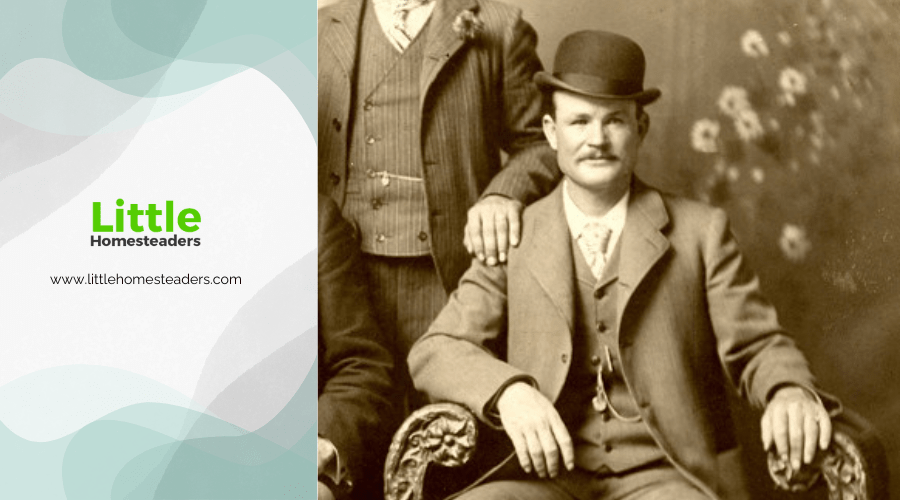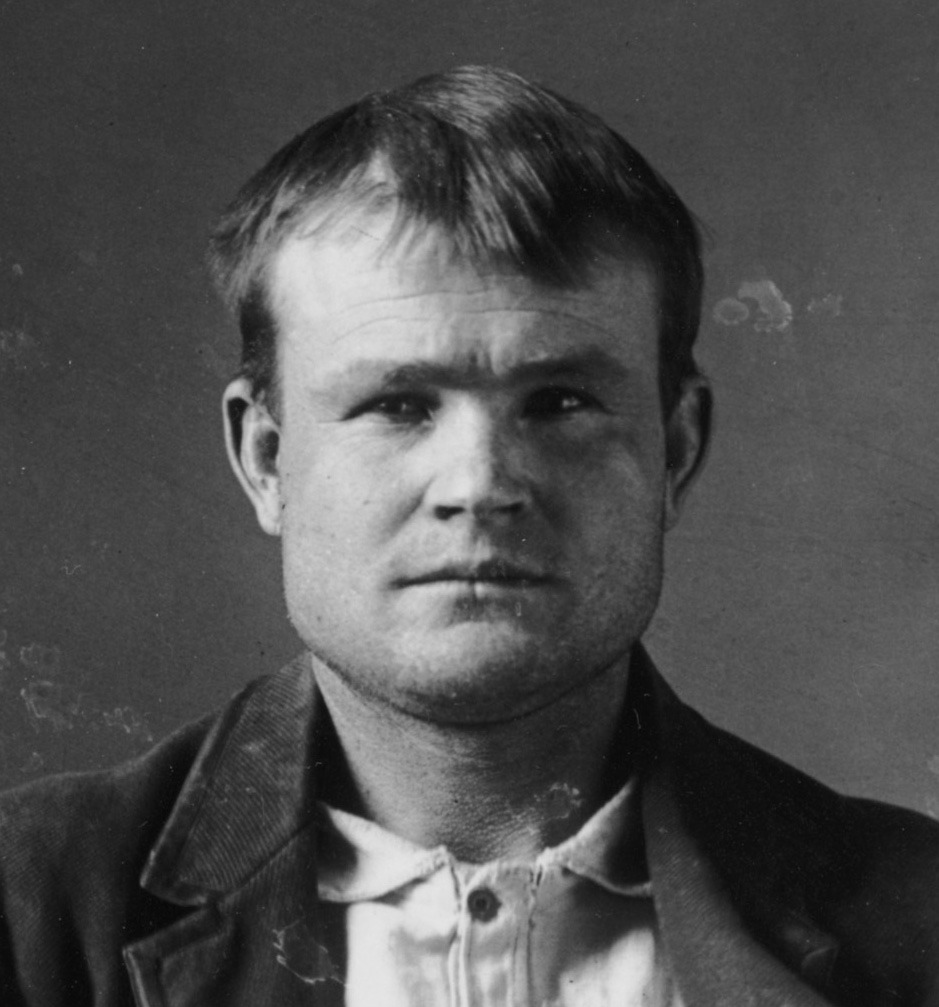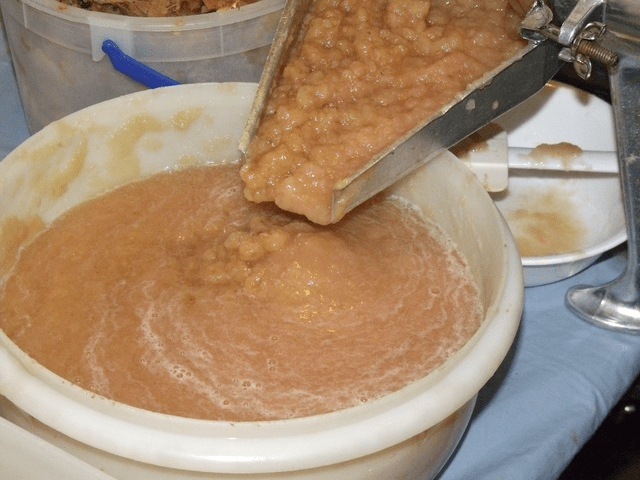Historic Homesteads: Butch Cassidy’s Childhood Home

In the quiet town of Circleville, Utah, tucked off Highway 89, stands a modest log cabin that once housed one of America’s most infamous outlaws: Butch Cassidy. Before the daring train robberies and his notorious Wild Bunch gang, he was just Robert Leroy Parker—a farm boy helping his parents make a life on the frontier.
Visiting this historic homestead is more than a trip down memory lane—it’s a chance to step into the Wild West, imagine the challenges and adventures of life on the frontier, and explore the roots of a man who became a symbol of rebellion and resilience. Whether you’re a history buff, a Wild West enthusiast, or simply curious about Cassidy’s life, this spot offers a unique opportunity to connect with the past.
A Farm Boy in Circleville
Butch Cassidy wasn’t born into a life of crime. When Robert Leroy Parker’s family moved to Circleville in 1879, he was just 13. His father, Maxi Parker, bought a small piece of land to support his wife and their 13 children. Life was tough but not unusual for a Mormon pioneer family. The kids all pitched in—whether it was tending livestock, growing crops, or keeping the cabin in working order. For Robert, this work instilled discipline and a strong sense of resourcefulness.
The Parker home was humble even by the standards of the time. It started as a simple two-room log cabin and was gradually expanded to accommodate the growing family. Imagine the hustle and bustle of 13 children under one roof: the sounds of siblings laughing and bickering, the clatter of dishes at mealtime, and the constant demands of daily chores. The cabin wasn’t just a home—it was the heart of the family’s survival.
Despite the challenges, young Robert found ways to enjoy life. He was known to be curious and adventurous, traits that would follow him throughout his life. The rugged terrain around the homestead became his playground, where he explored the land, developed a knack for navigation, and honed the self-reliance that would later serve him so well as an outlaw.
A Glimpse Into Frontier Life
View this post on Instagram
Circleville isn’t just another small town. It’s surrounded by a landscape that’s as striking as it is challenging. Rolling hills, red rock cliffs, and endless open spaces define the area. For Robert Parker, this was both home and a training ground. He learned how to navigate the land, work with animals, and survive in tough conditions—all skills that would later prove invaluable during his years as an outlaw. For visitors, the area offers a chance to experience this rugged beauty firsthand. The Butch Cassidy ATV Trail runs near the homestead, inviting adventurers to explore the same terrain that Cassidy once roamed. Hikers will find plenty of trails winding through the hills, offering panoramic views of the landscape that shaped his early years. Even if you’re not the adventurous type, the cabin’s surroundings are perfect for a more laid-back experience. Bring a picnic and enjoy the quiet of the countryside. Sitting under the shade of a tree, you can almost picture young Robert dreaming of adventures far beyond the confines of his family’s farm. So how does a farm boy turn into one of the most infamous outlaws in American history? The seeds of Butch Cassidy’s transformation were likely planted during his teenage years. Like many young men of the time, he left home in search of opportunity, working as a ranch hand and learning the ropes of life on the open range. It wasn’t long before he fell in with the wrong crowd. One of the key figures in his life was Mike Cassidy, a cattle rustler who became a mentor of sorts. Robert admired him so much that he adopted his last name, creating the persona of Butch Cassidy. By 1889, Butch committed his first major crime: robbing a bank in Telluride, Colorado. From there, his criminal career took off. He became the leader of the Wild Bunch gang, orchestrating daring train and bank robberies across the West. Despite his life of crime, Cassidy earned a reputation as a charming and fair-minded outlaw, often avoiding unnecessary violence. His childhood lessons in hard work, independence, and adaptability played a significant role in his ability to evade the law and lead a gang. The boy who once worked the fields in Circleville grew into a man who could outsmart lawmen and captivate the public’s imagination. Butch Cassidy’s childhood home isn’t just about him—it’s a glimpse into a way of life that’s long gone. The cabin represents the struggles and triumphs of families who built their lives on the frontier, often with little more than determination and grit. Preserving sites like this helps us understand not just the individuals who lived there but also the broader history of the American West. The Parker family’s story is a reminder of how ordinary people can leave extraordinary legacies. Butch Cassidy’s childhood home in Circleville, Utah, is a must-see for history lovers and travelers exploring the American West. Conveniently located along Highway 89, this site is not only rich in history but also easy to add to your travel itinerary. Here’s everything you need to know to make the most of your visit: The homestead is situated just south of Circleville, a quiet town that retains much of its small-town charm. Circleville is about 200 miles south of Salt Lake City and roughly 100 miles north of Bryce Canyon National Park, making it a great stop if you’re exploring Utah’s iconic landscapes. Highway 89 is a scenic route, so the drive itself offers stunning views of red rock formations, rolling hills, and expansive skies. The site is open year-round and offers free admission, making it an accessible option for families, road trippers, and budget-conscious travelers. There’s no need to book tickets or worry about fees, but checking local weather conditions is recommended, especially if you plan to explore the surrounding trails. When you arrive, you’ll find a restored log cabin that offers a glimpse into the humble beginnings of one of the Wild West’s most infamous figures. While the cabin’s interior is bare, the structure has been preserved to reflect its original form, giving you a sense of what life was like for the Parker family in the late 1800s. Informative signage around the site provides context about Butch Cassidy’s early years, his family’s history, and the challenges of frontier life. Nearby, you’ll find a small shed housing vintage farming tools. These artifacts add depth to the experience, showing the hard work and ingenuity required to survive in such a rugged environment. The simplicity of the tools and the cabin itself speaks volumes about the resilience of the families who lived on the frontier. While the site is open year-round, the best times to visit are in the spring and fall when the weather is mild, and the surrounding landscape is at its most vibrant. Summer can be hot, but the mornings and evenings are still enjoyable. Winter visits are possible, but be prepared for colder temperatures and potential snow in the area. There’s something special about standing in a place where history happened. Butch Cassidy’s childhood home offers more than just a glimpse into his early life—it’s a connection to the spirit of the Wild West and the resilience of the families who lived it. Whether you’re a history enthusiast, an outdoor explorer, or simply curious about the man behind the legend, this cabin in Circleville is worth the visit. It’s not just a piece of history; it’s a reminder of the strength, determination, and dreams that built the American frontier.Preserving a Piece of History
The Land That Shaped Him
From Farmhand to Outlaw

Why This Place Matters
Planning Your Visit
Location and Directions
Hours and Admission
What to Expect
Amenities
Best Times to Visit
A Step Back in Time




